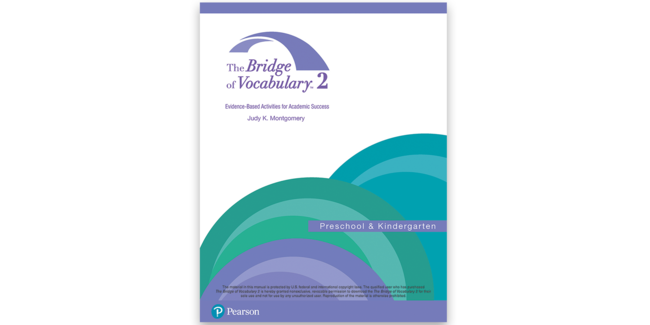Explicit, research-based vocabulary intervention activities tied to academic standards
The Bridge of Vocabulary 2: Evidence-based Activities for Academic Success
BOV-2
Explicit, research-based vocabulary intervention activities tied to academic standardsChoose from our formats
Support materials
Manuals, stimulus books, replacement items & other materials
5 options